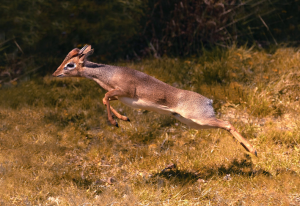Explore Africa’s Beauty | Nature & Wildlife
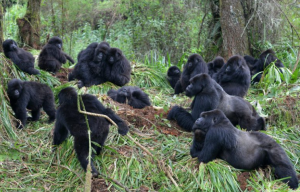 Explore Africa’s Beauty | Nature & Wildlife : The continent teems with unique landscapes, ancient history, geographical wonders and active adventures to enjoy. From exploring its vast, open savannas and dense jungle interiors to sampling a cheeky. These include; Uganda’s Mountain Gorillas and Chimpanzees, South Africa’s inspiring attractions. Botswana’s unspoiled treasures, Kenya’s contrasting wilderness, Tanzania’s inimitable experiences. Zambia’s thundering Africa, Namibia’s striking Ecology, Zimbabwe’s world of wonders, etc.
Explore Africa’s Beauty | Nature & Wildlife : The continent teems with unique landscapes, ancient history, geographical wonders and active adventures to enjoy. From exploring its vast, open savannas and dense jungle interiors to sampling a cheeky. These include; Uganda’s Mountain Gorillas and Chimpanzees, South Africa’s inspiring attractions. Botswana’s unspoiled treasures, Kenya’s contrasting wilderness, Tanzania’s inimitable experiences. Zambia’s thundering Africa, Namibia’s striking Ecology, Zimbabwe’s world of wonders, etc.
Reason whey you should visit Africa
Experience an African safari
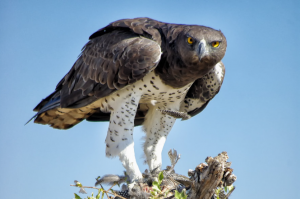
Africa is synonymous with the wildlife safari whereby Africa’s National Parks are rich with a diversity of wildlife and birdlife. With its famous destinations to clap eyes on animals like lions, zebras, giraffes, elephants, cheetahs. Leopards, impalas, kobs, jackals, rhinos, wildebeests, antelopes, not to mention but a few. With bird species such as; African fish eagles, martial eagles, red billed buffalo weavers, shoebill stork. White headed buffalo weavers, turacos, Grey plantain eaters, sunbirds, lapwings, jacanas, bee-eaters. Robin chats, plovers, night jars, ibises, hornbills, gonoleks, crested cranes, flycatchers, kingfishers, etc. African safari isn’t just about glimpsing these animals from afar but you’re completely immersed in their own untamed world. All those experiences you are most likely not to forget, and definitely putting one for the bucket list.
Soak up the checkered political history
With a political history as shocking and fascinating, Africa is famously home to Nelson Mandela, an antiapartheid revolutionary. He was imprisoned on Robben Island a few kilometers off Cape Town in South Africa for 18 years. In fact, he spent his 27 years behind bars and to this day his cell remains furnished as it was at the time.
Uganda’s Mountain Gorillas (The pearl of Africa)
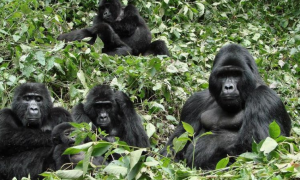
You will never forget the moment you first lay eyes on a Gorilla in the wild in Uganda. Rising at dawn to trek through the humid jungle while here, expect challenges and obstacles. Experience these as you battle through the appropriately termed impenetrable Forest. Basically, it is comprised of scaling steep paths and trudging through muddy ravines in search of the majestic creatures. At times after a healthy trek, gorilla families are revealed chewing bamboo shoots, scratching their heads, breast feeding the young ones and climbing trees. Here, time seems to stand still as you observe these gentle and shy giants relaxing in their natural habitat.
Explore colorful coastal cities
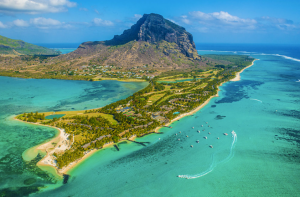
Nestled between mountains and the ocean, Cape Town is one of Africa’s most stunning and colorful coastal cities. Head to the Table Mountain for seriously epic views as well as a dip at the picture perfect Clifton beach. A sensational stretch of sand and sea that has been awarded a Blue Flag Beach status, which means “water”. It has got pristine beaches, epic sunsets, warm, balmy nights and palm trees to boot. the African island of Mauritius is basically the place to soak up the sunshine and veg out on beach.
Visit one of the seven natural wonders of the world
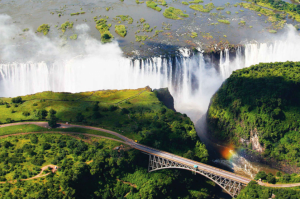
Forming the border between Zambia and Zimbabwe, Victoria Falls is known as the greatest sheet of falling water in the world. With natural wonders of the world, the true majesty and spectacle of Victoria Falls is difficult to describe since it is a sight to behold. Besides, the falls are 1.7km wide with a volume between 20,000 and 700,000 cubic meters. This is water per minute falling down a vertical drop of 100m.
Behold breathtaking landscapes
When it comes to incredible scenery, Africa is right up there with the best. Boasting vast savannas, stunning beaches and dramatic mountains, this continent has it all. Throw in epic canyons, sugar plantations and extinct volcanoes and you will have endless opportunities to explore nature at its finest.
Indulge in spectacular food and wine
In fact, not many people realize that South African wine lands are spectacular than famous wine regions of the world. Indulge in wine tasting, wine making tours and delicious cuisine as you take in the magnificent scenery.
Head to the waters for a different Safari experience

Although not commonly associated with the country’s dry landscape, there are plenty of water based activities. These include; white water rafting on Kenya’s River Tana, Uganda’s river Nile experience. Canoeing down the mighty Zambezi, canoeing on the second deepest lake in Africa Lake Bunyonyi in Uganda and exploring its exciting islands. Canoeing down Manambolo River in Madagascar brimming with endemic birds and enter the spectacular and less visited Manambolo Gorge through a limestone plateau. Therefore, if your inner water-child is calling for a trip with water activities, Africa has all you need and further more.
Tropical beaches that rival some of the world’s best
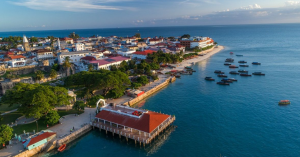
Africa certainly has a lot of beaches making it impossible to choose the absolute best. However, a top pick would be the beaches on the small island of Zanzibar. This is just off the coast from the Tanzanian capital of Dar es Salaam. This small island basically boasts clear azure waters, coral white and a variety of diving and snorkeling opportunities. It is also a perfect place to relax after completing a safari or trek up Africa’s highest peaks like Mount Kilimanjaro and Mount Kenya.
Luxury glamping
Africa offers the best glamping experience, a fantastic and memorable way to experience a safari. Experience the comfort of a hotel with the thrill of being immersed in nature and separated by the walls of your canvas tent. However with glamping, expect proper beds with pillows and private balconies with hot tubs looking over the savanna.
Hang out with the meerkats
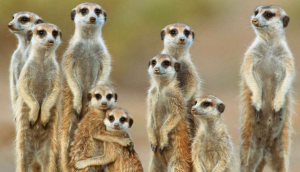
Get up close with the cutest animal in Africa the meerkat! Only in Africa can you interact with meerkats in their natural habitats in the desert regions of South Africa. In fact, hanging out with these most social and fearless animals will be a highlight of any African holiday.
Vibrant cities
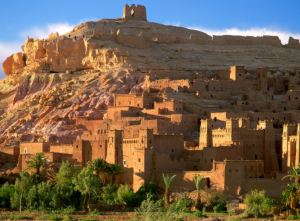
Explore Morocco’s Marrakesh, a densely packed, medieval city that originally dates back to the Berber empire. In fact, the maze of alleys and prosperous markets evokes images of the Disney’s Aladdin. While here, you will be hard-pressed shaking the magic carpet from your mind. However, it will done as you navigate hundreds of intricately hand-woven rugs from the electric souks. In contrast, South Africa’s Cape Town is a modern cosmopolitan city that boasts a spectacular coastline and rich in cultural heritage and history. The city is also mysteriously beautiful both for its setting against one of the new seven wonders of nature.
Geological wonders
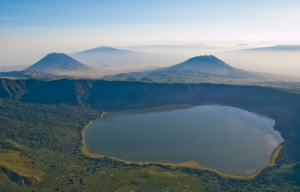
Visit the world’s highest sand dunes in the Namib Desert. While here, witness the world’s largest and most powerful waterfall, Victoria Falls in Zambia/ Zimbabwe. You can as well explore the lush water world of the Okavango Delta in Botswana. Additionally, discover Ngorongoro crater, a UNESCO World Heritage site of the world’s largest unbroken, unflooded volcanic caldera. You also stopover at Fish River Canyon, the second largest river canyon in the world. Discover Murchison falls the world’s strongest waterfalls where the Nile forces its way through the gaps in the rocks only 7m wide. Surprisingly it tumbles 43m before flowing west words into L. Albert. With a gorgeous variety of culture, wildlife and adventure, the African continent will deliver truly unforgettable experiences.
It’s closer than you realize
Flight to Johannesburg are just over 11 hours that’s so closer than Europe, USA and South America! Therefore don’t hesitate visiting Africa your true dream destination for adventure and wildlife.
Camping, glamping and everything in between
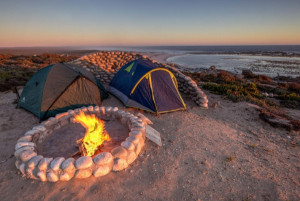
Camping in Africa is an invigorating experience since it offers a close connection to the land, nature and wildlife. The best thing about camping in Africa is that there are many grades of camping, therefore it is not all about bush tents. Are you keen on pitching tents to experience the outdoors firsthand? Want that little bit of luxury, like bush showers around and attached to your campsite? A fully serviced camping, or high-end camping in luxurious dome tents with full bedding and an en-suite? Well, Africa offers it all.
The best time to travel is……. All year round!
While July to September is a popular time to visit thanks to more moderate weather. You can enjoy an African holiday all year around.
Africa’s brimming full of big amazing things
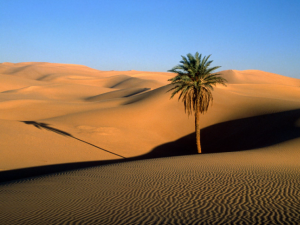
Since its the second biggest continent in the world, Africa is jam-packed with some of the world’s biggest things:
- The largest desert in the world, the Sahara Desert.
- The longest river in the world Nile River which runs for 6,853 km.
- The world’s biggest inland delta, Okavango Delta in Botswana.
- Highest free standing mountain in the world (and one of the seven summits), Mountain Kilimanjaro.
- The world’s oldest desert- the Namib desert in Namibia
- The world’s largest wildlife migration on Earth takes place in the Serengeti in Tanzania with over 750,000 zebras marching ahead of over 1.2 million wildebeests as they cross this mysterious landscape.
- It is the home of the largest living land animal, the African elephant, which can weigh up to seven tons.
- It also harbors the four of the five fastest land animals in the world such as the lion, Thomson’s gazelle, wildebeest, and the cheetah.
- It also has the world’s largest outdoor art galleries with more rock art sites than any other continent. Large amounts have been found in the Sahara desert, Namibia, Zimbabwe, Kalahari Botswana and Uganda. However, many remain undiscovered because they are situated in remote areas of the desert or are rarely visited by humans. The oldest known art found has been estimated to be between 27,000 to 40,000 years old, offering an insight into the ancient people’s beliefs, way of life and stories in countries like Uganda, Namibia, Ethiopia and more.
- Africa is clearly known as a home to an estimated total of over 3000 tribes, each with incredibly different languages, cultures and traditions. Some of the tribes are well known such as the Zulu, which happen to also be Africa’s largest ethnic group of 11 million people. The Masai who have deeply rooted traditions and culture and are known for living a nomadic life style and herding cattle for a living. The san and Batswana people of the Eastern Kalahari, with a cultural heritage that is over 20,000 years old. The Karamajong in Uganda that are still sticking on their culture and norms with their designed manyattas.
The Great wildebeest migration
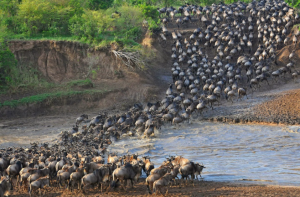
From July to October herds of over 1 million wildebeests, zebras and other grazing species travel over the border from Tanzania and into Kenya’s Masai Mara. Their journey takes them across the Mara River, and it is their struggle to swim across and then clamber up the river banks that attracts tourists from all over the world. One of Kenya’s best-kept wildlife secrets is that another migration takes place each year between January and March. This spectacle does not involve wildebeest migrating northwards from Serengeti but instead an east to west migration from the Loita plains to the Mara traversing Ol kinyei, Naboisho and Olare Motorogi conservancies.
Tanzania’s inimitable Experiences
The moment you first touch the native soils, you feel connected to land, animals and people unlike any other on the planet. As an immersion destination, Tanzania is a place where your imagination blends flawlessly with reality. Vast landscapes that entice the human mind now stretch for miles inviting you to explore every tree, plains and mountains. These experiences await you in the land of Tanzania, one of East Africa’s most incredible destinations.
Rwanda, Gorillas in the mist

Experience your very own “Gorillas in the mist” African vacation in Rwanda. Led by a professional ranger-guide deep into the natural habitat of Rwanda’s mountain gorillas in the volcanoes National Park. You can as well pay homage to those who have worked to protect the awe-inspiring creatures. You can also meet some of the local people who once poached these creatures but now work to give mountain gorillas a fighting chance to survive and thrive. Volcanoes is a home to parts of the continent’s mountain gorilla population and here you will also have a chance to explore Lake Kivu. It is one of Africa’s great lakes and gives guests a chance to refresh themselves with water-based activities. The lake is especially known for its Nyirangongo views of Congo, an active volcano that displays a glow of magma around its rim.
Discovering new things and attractions never stops because it’s always full of surprises. Book with Great Nest Image Safaris for your safari experience in Africa.
African countries with their slogans
- Uganda-The Pearl of Africa
- Kenya-The Pride of Africa
- Tanzania-Brian of Africa
- Rwanda-Land of a Thousand Hills
- South Africa-Rainbow Nation
- Egypt-The Gift of the Nile
- Nigeria-The Giant of Africa
- Zambia-The real Africa
- Ethiopia-The Land of Origin
- Malawi-The Warm heart of Africa
- Ghana-The gateway of Africa
- Gambia-The smiling coast of Africa
- Morocco-The land of colours
- Mali-The eyes of Africa
- Madagascar-The Red Island
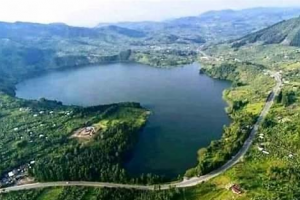
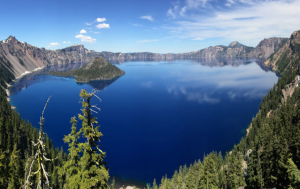

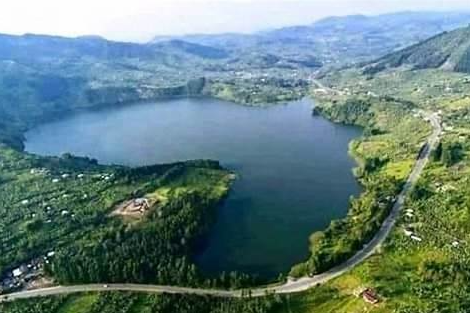
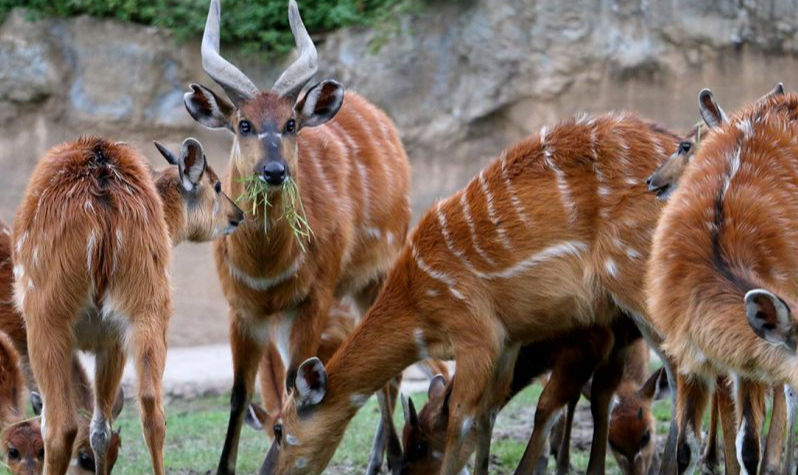
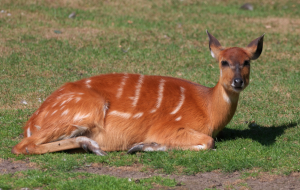
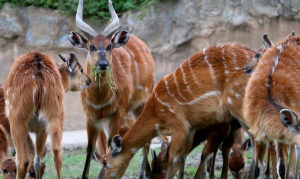
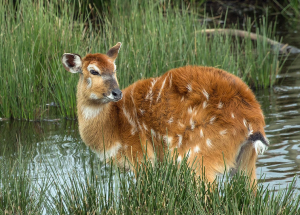
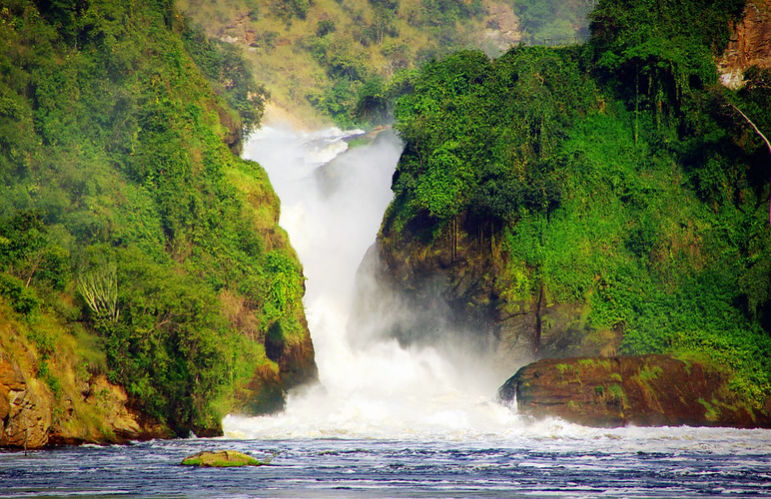
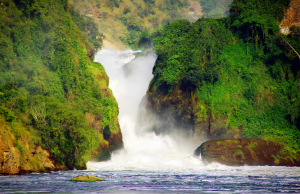

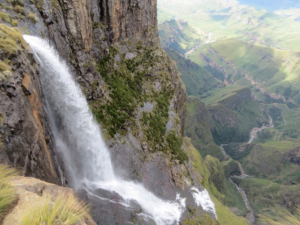
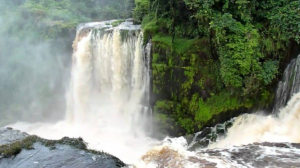
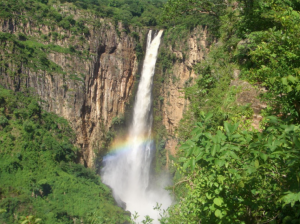

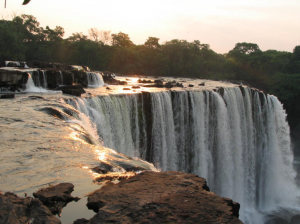
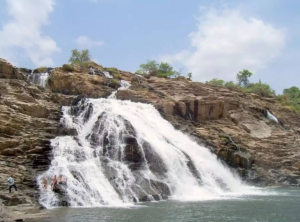
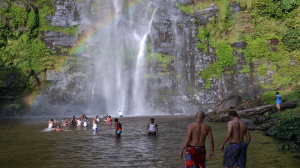
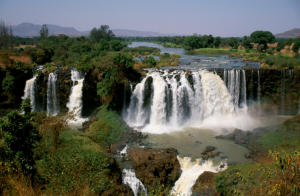
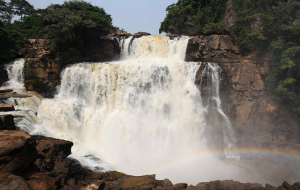
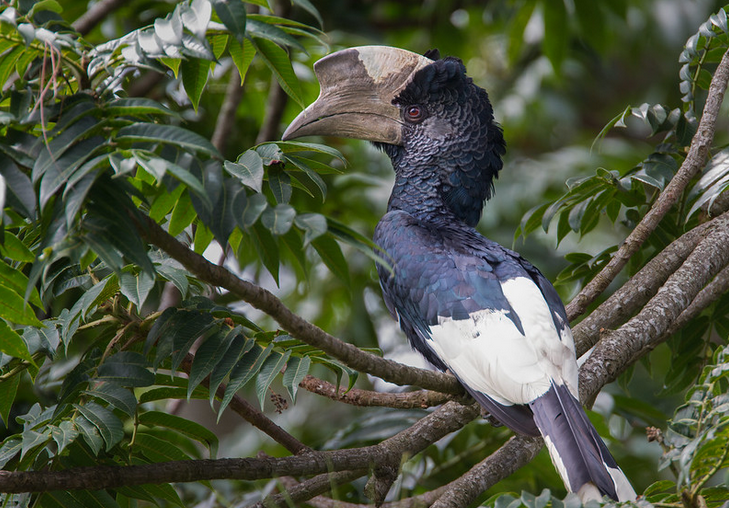


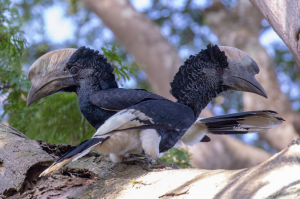

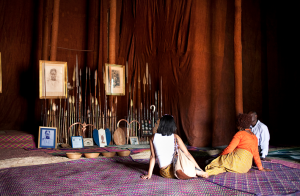
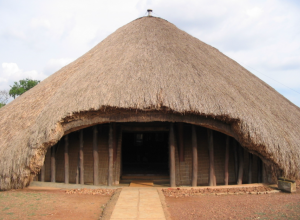
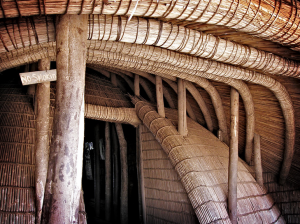
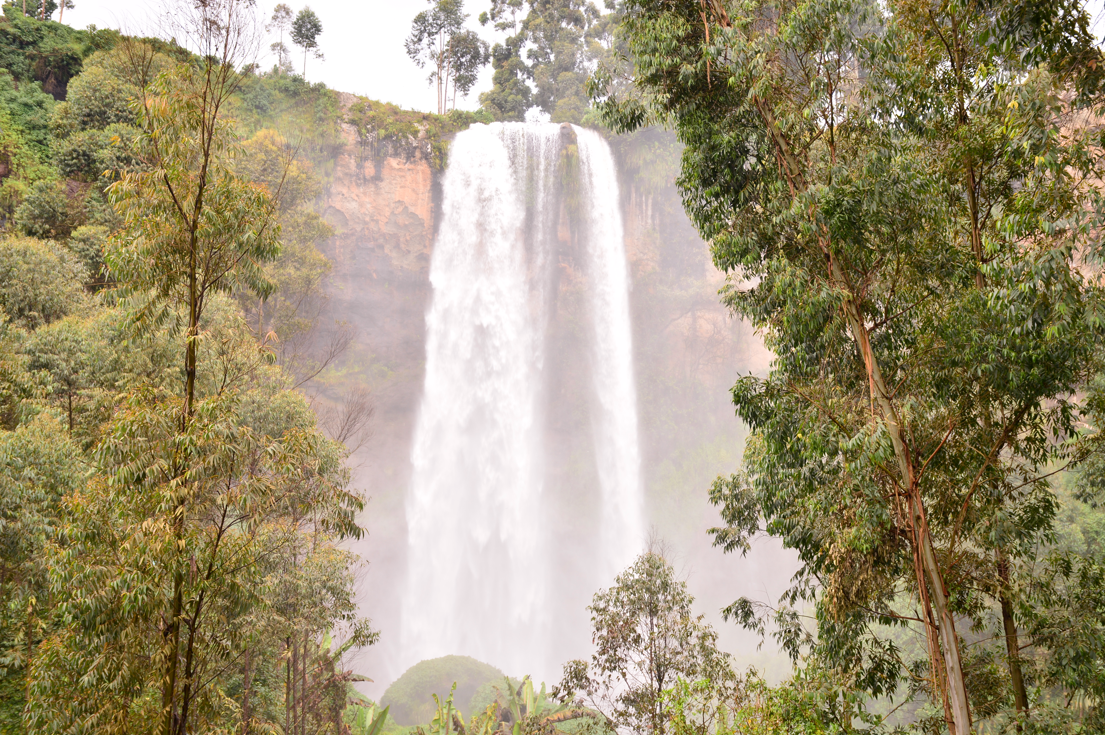
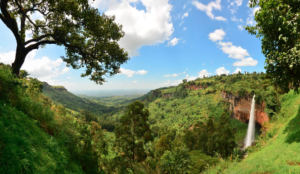 Besides that, the falls originate from the hot springs that flow on Sipi River, one of the rivers flowing on
Besides that, the falls originate from the hot springs that flow on Sipi River, one of the rivers flowing on 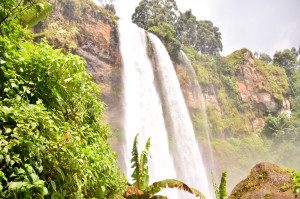
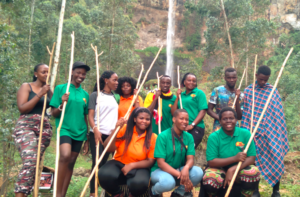 This activity is a very good option for tourists who go to Sipi falls. While here, you can pick from numerous popular waterfalls walks which are both simple and difficult. This is because you will spend sometime while hiking to the top of the three falls. However, the cool breeze of the falls and the out-standing views will offer a lot of comfort.
This activity is a very good option for tourists who go to Sipi falls. While here, you can pick from numerous popular waterfalls walks which are both simple and difficult. This is because you will spend sometime while hiking to the top of the three falls. However, the cool breeze of the falls and the out-standing views will offer a lot of comfort.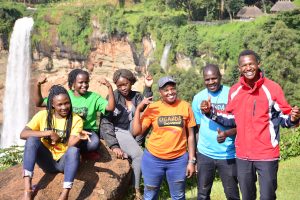
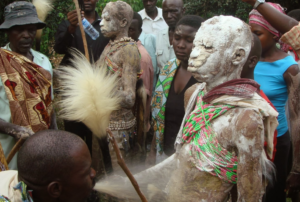 While here, you will enjoy cultural tours with the Sabiny and Bagishu who stay in the surrounding villages. The Bagishu have an Imbalu ceremony where young teenage boys are circumcised before the age of 15. Hence, learning more about traditional circumcision and why it’s carried out. You will also meet the Sabiny who will tell you about the female circumcision which is practiced in Sabiny. You will also enjoy performances from widows through dancing, singing, storytelling, etc. These will provide you with unforgettable memories on your safari.
While here, you will enjoy cultural tours with the Sabiny and Bagishu who stay in the surrounding villages. The Bagishu have an Imbalu ceremony where young teenage boys are circumcised before the age of 15. Hence, learning more about traditional circumcision and why it’s carried out. You will also meet the Sabiny who will tell you about the female circumcision which is practiced in Sabiny. You will also enjoy performances from widows through dancing, singing, storytelling, etc. These will provide you with unforgettable memories on your safari.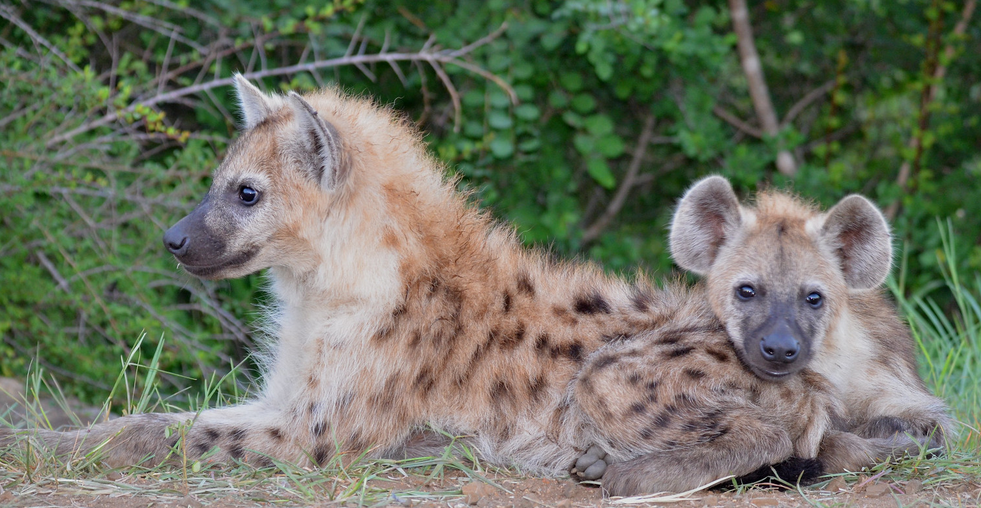
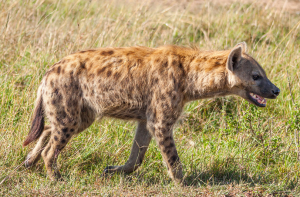
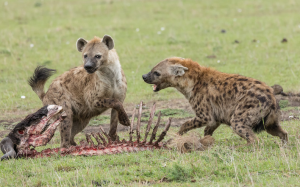
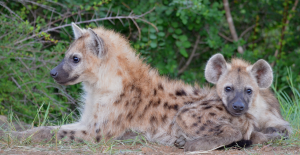
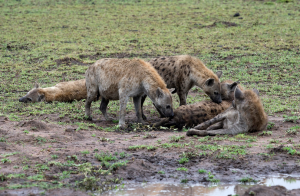
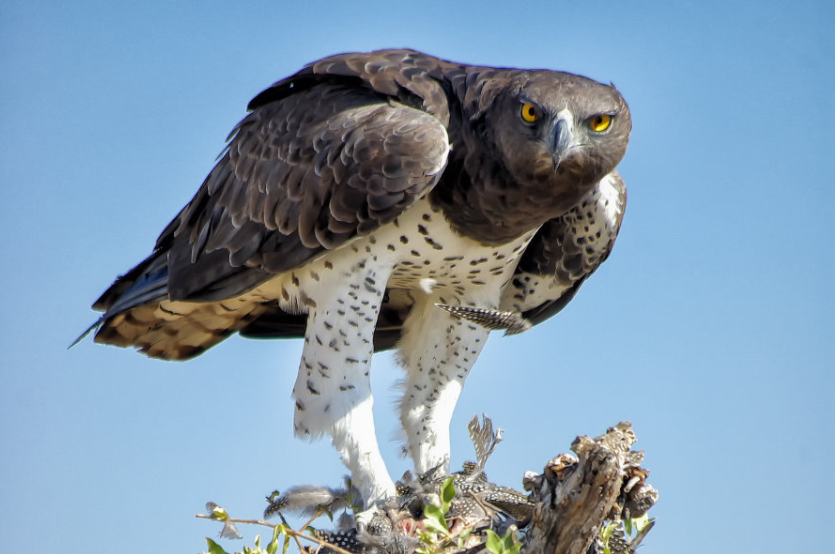

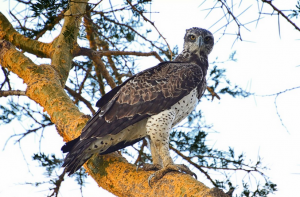
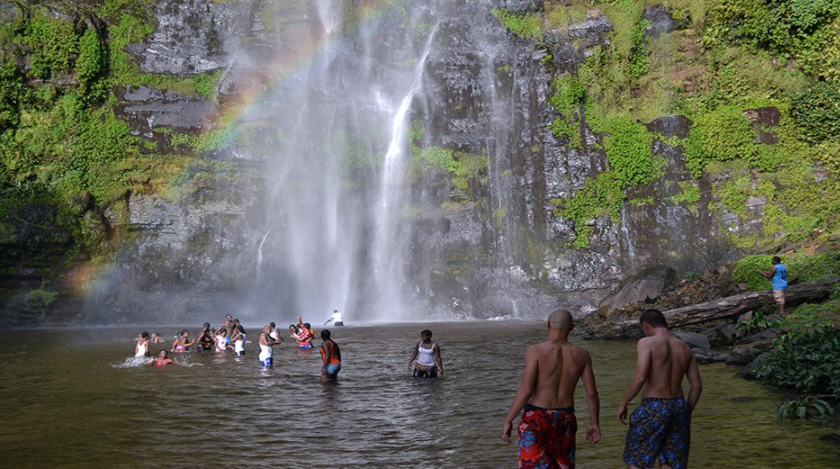
 Explore Africa’s Beauty | Nature & Wildlife : The continent teems with unique landscapes, ancient history, geographical wonders and active adventures to enjoy. From exploring its vast, open savannas and dense jungle interiors to sampling a cheeky. These include; Uganda’s
Explore Africa’s Beauty | Nature & Wildlife : The continent teems with unique landscapes, ancient history, geographical wonders and active adventures to enjoy. From exploring its vast, open savannas and dense jungle interiors to sampling a cheeky. These include; Uganda’s 










